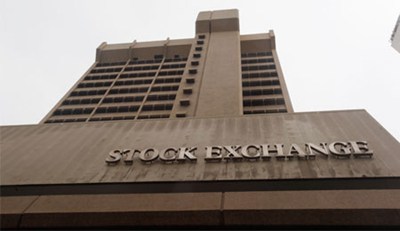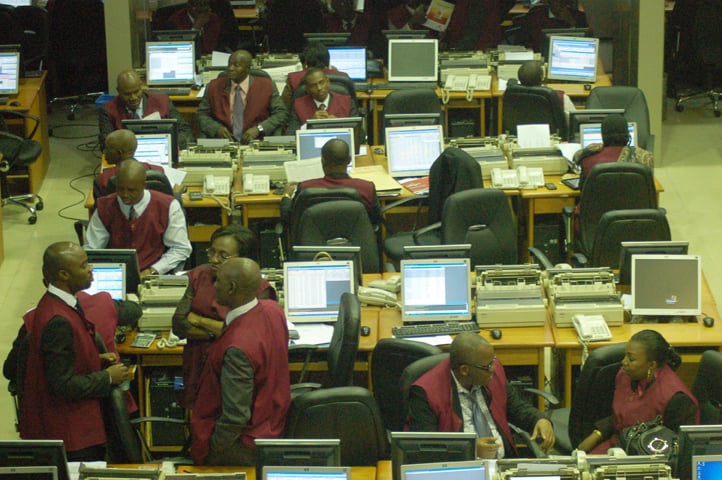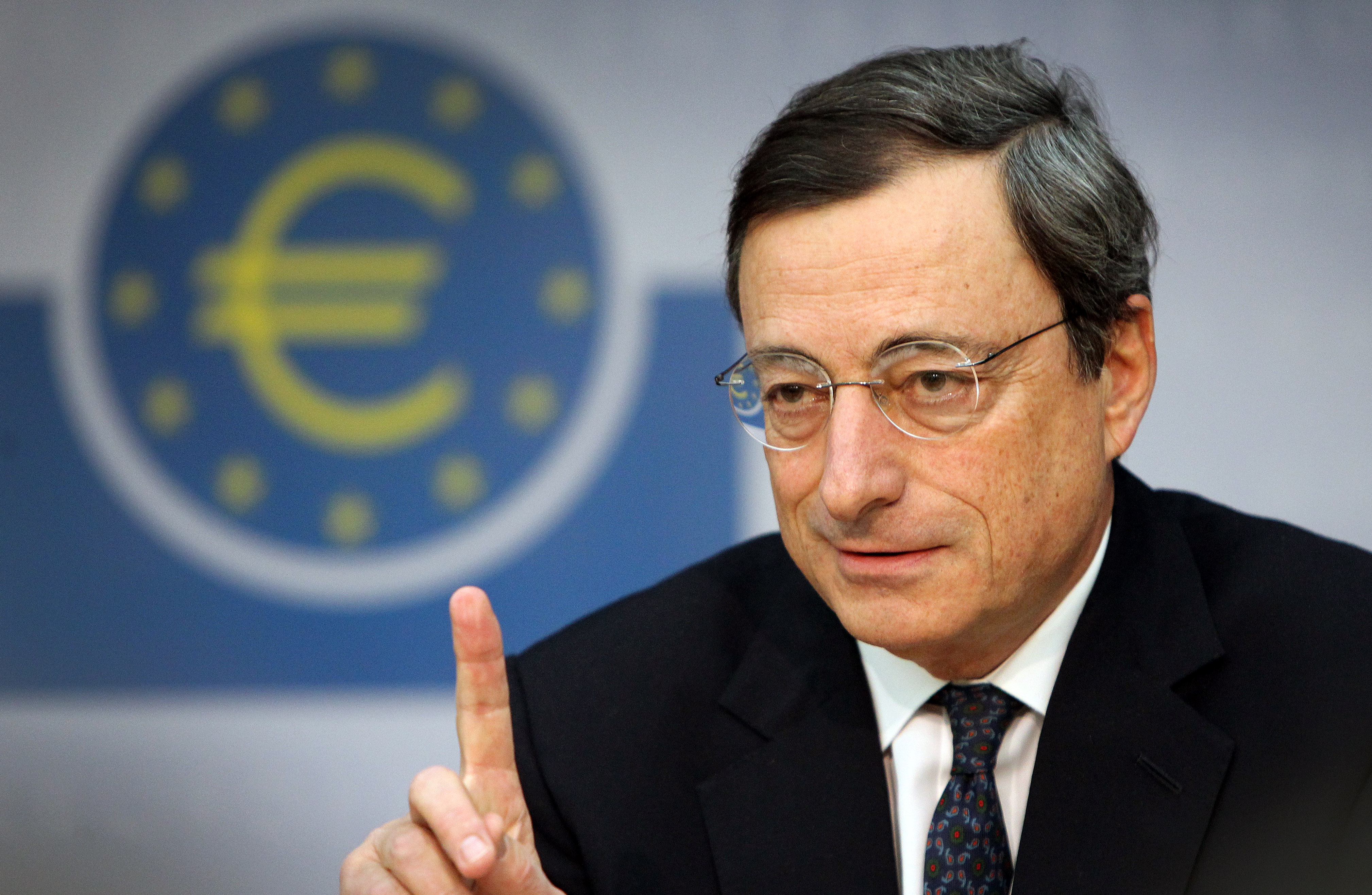Monday was officially PMI day, where a variety of global PMI announcements attracted the attention of the financial markets. In truth, the PMI releases continued to paint a similar picture to what has been emerging for a while now showing that there is indeed a divergence between global economic sentiments at present. For example, confidence in the global economy was again questionable on Monday morning when China’s Manufacturing PMI disappointed, followed by Eurozone PMIs being revised lower. However, confidence improved as Monday progressed following a strong Manufacturing PMI from the United Kingdom and a very impressive United States ISM Manufacturing report.
The US ISM Manufacturing Index surprised to the upside by climbing to an impressive 59.0 in October from 56.6 in September and should be looked at positively for a variety of reasons. Firstly, the Manufacturing Index is now challenging levels not seen since March 2011. Secondly, manufacturing remains a US GDP contributor and a key sector for potential employment. Thirdly, this reading would have also pleased the Federal Reserve. For example, recent comments from the Federal Reserve have included concerns that a higher valued Dollar would put inflation targets at risk. A continuation of yesterday’s performances would ease concerns over a potential inflation decline.
The concerns over global economic growth that resurfaced on Monday morning might actually be more linked to continual low confidence in the economic recovery, rather than PMIs from China and Eurozone alarming. The China Manufacturing PMI falling from 51.1 to 50.8 has not helped fears regarding an economic slowdown in China, however the main thing to consider is that the sector continued to expand in October. China is already one of the world’s largest manufacturing sectors after all, and investors should really look at the fact that Manufacturing Output is still rising at an annualised 8% positively. In regards to the Eurozone PMIs being revised lower in October, this is obviously not great news. Although it must not be overlooked that both the Eurozone Manufacturing and Services PMIs for October were still stronger than originally forecast.
The Eurodollar recorded a fresh near two year low in the early hours of Monday morning (1.2439) before concluding trading at 1.2481. The downside move was more correlated to US Dollar strength following the Federal Reserve concluding QE and better than expected US GDP last week, rather than Euro weakness. Despite a low amount of EU economic data expected today, the pair has already entered 1.25 in the early hours of Tuesday morning. Later this afternoon, it is expected that US Factory Orders will be announced as having declined by 0.4% in September. Confirmation of this might slow down the Dollar momentum, meaning the EURUSD could well consolidate around 1.25 today.
Advertisement
The Cable was another mover, with the GBP bulls being provided a boost when it was declared that the UK Manufacturing PMI grew at its fastest pace in three months during October. The GBPUSD moved as high as 1.6019 on announcement before the USD strength later in the afternoon led to the pair concluding trading at 1.5970. While it will take a continuation of improved economic performances from the UK this week to boost interest rate expectations again, the manufacturing PMI raised the UK economic sentiment again. After all, investor attraction for the GBP weakened following the previous Manufacturing PMI indicating EU weakness was affecting sector growth.
Not only would the improved manufacturing PMI calm down fears that the UK economy is at risk of being impacted by EU economic woes, but the PMI would have helped counter another concern for the Bank of England at present – weak price pressures. Later on Tuesday, October’s Markit Construction PMI is announced. Another strong Construction PMI today should remind investors exactly why the IMF recently declared the UK as the fastest growing economy in the developed world. An impressive construction PMI followed by potential USD weakness if Factory Orders declines, means the Cable might again make a run for 1.60 on Tuesday.
Japanese markets might have been closed for a public holiday on Monday, but that doesn’t mean JPY weakness paused following the completely unexpected announcement that the Bank of Japan (BoJ) had increased QE. The JPY weakness has been completely widespread, with the USDJPY surging by an incredible 500 pips since Friday morning. The EURJPY has followed a similar pattern, and approached levels not seen since early April on Monday evening (142.552). The GBPJPY benefited the most from the BoJ surprise, with the pair climbing by an astonishing 800 pips in two days.
Advertisement
Although there is potential for the JPY weakness to continue in the mid/longer term, investors should be mindful towards the profit taking that has occurred in the JPY pairs during the early hours of Tuesday morning. After both heavy and sudden appreciation, it is not unusual for investors to close their positions but the profit-taking could be related to BoJ Governor, Kuroda’s speech on Wednesday morning. Kuroda will now largely be expected to provide some clarity regarding why the BoJ decided to surprisingly act in November and if the markets see his explanations to act as something that will help the Japanese economy in the longer term, the JPY could continue to recover at least a minor proportion of its substantial losses in the short term.
*Ahmad is chief market analyst at FXTM.
Add a comment







